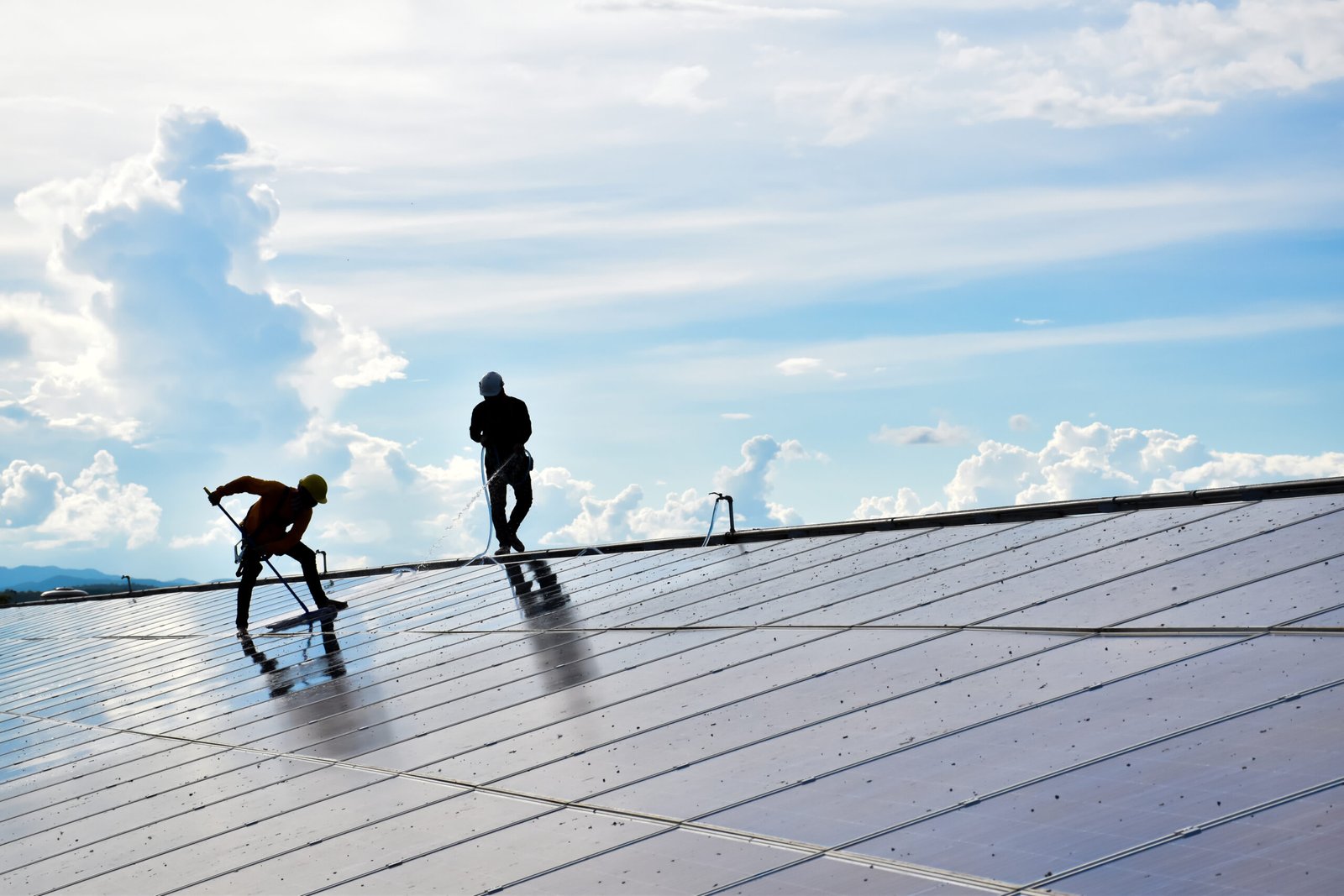Whether you want to take your household off-grid or you want to supplement grid power with green off-grid energy, your solar power system design is of critical importance. At GCR Electrical Systems, we follow these steps to ensure our clients end up with a solar power system that meets their needs and works efficiently.
#1. Site Assessment – In our site assessment, we consider the surface area you need to install the panels, cable routes, the tilt angle of the roof (in case we’re installing the panels on the roof), and shading.
#2. Determining The Energy Demand – You cannot wing it and say a two or three solar panel system will suffice. You might end up with less power than you, defeating the purpose of investing in solar energy.
The best way to understand your energy demand is to do Solar off-grid system design calculations. Simply multiply the energy consumption of your household by multiplying the power rating of the items you’ll power with using solar energy by the number of hours the appliances operate. Your energy demand or load demand will influence every other aspect of your system.
#3. Sizing Solar Panels – To determine the number of solar panels you need, we determine the least sun hours you need to power your home or meet the energy demand. Sun hours refer to the amount of energy from the sun in your location.
As such, we calculate the number of hours the sun shining throughout the day equates to one hour of the sun shining directly/periocular to the panels. We use the least number of sun hours you need during the winter months – June to August. This helps us determine the number of sun hours we need for your PV system to meet your needs throughout the year.
#4. Sizing Batteries – When sizing the battery, we take into consideration:
– The number of days you need to power your home/appliances with the battery system.
– The ampere-hour and voltage capacity of the battery.
– The Depth of Discharge – This is the capacity of the battery you can safely discharge from a battery between charges. The DoD of a battery influence the number of batteries you need to meet your energy demand.
– Availability of alternative power sources.
#5. Selecting The Inverter – PV panels produce DC and your battery store their charge as DC. On the other hand, many of your household appliances need AC to function. As such, you need an inverter. With regards to sizing, we recommend you choose an inverter 25% bigger than your total load in watts. The additional capacity of your inverter ensures your system functions well despite the efficiency deficiency and losses incurred in the inverter.
#6. Sizing And Selecting Converter – After sizing your PV panels and your batteries, we size your converter next. The charge controller gives your system a means of managing how your PV panels feed and charge the batteries. Industry-standard when it comes to sizing your controller is to take the watts your solar panels produce and divide the number by the voltage of your battery bank. On top of this number, we have a 25% safety margin. In a nutshell, the size of the controller is about 125% PV short circuit current.
Additionally, you need to select the technology of the charge controller. In short, if your battery and PV panel have matching voltages (for instance, 12V panels and a 12V battery pack), you can use a Pulse Width Modulation (PWM) controller. The PWM controller allows a direct connection between the solar array and the battery bank. If the voltage rating of your battery bank and the voltage rating of the solar array is different, you use a maximum power point tracker (MPPT) controller. This type of controller is suitable when you cannot wire the PV array and the battery bank in series.
#7. Sizing Cables – Part of Sizing and system designing of solar PV systems involves choosing the right sized cables. The sized cables should have minimum resistive losses. Additionally, the cable should have a minimum voltage drop, ideally less than 2%. With low voltage systems, the voltage drop is a huge issue to keep in mind. The goal is to avoid under-sizing which causes inefficiencies in the system and oversizing which can result in buying more expensive cables.
In terms of quality, the cables should be UV-resistant, waterproof, and resistant to physical damage. After all, the cables will be used in outdoor environments.
#8. System Balancing – The final step involves balancing the system. The endeavours in this part of the solar power system design include figuring out the breaker boxes, breakers, and fuses to install to protect the overall system from current surges.
